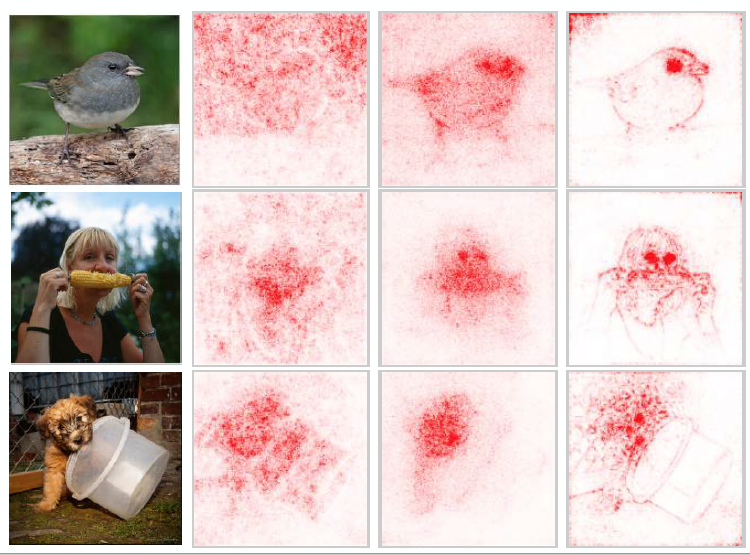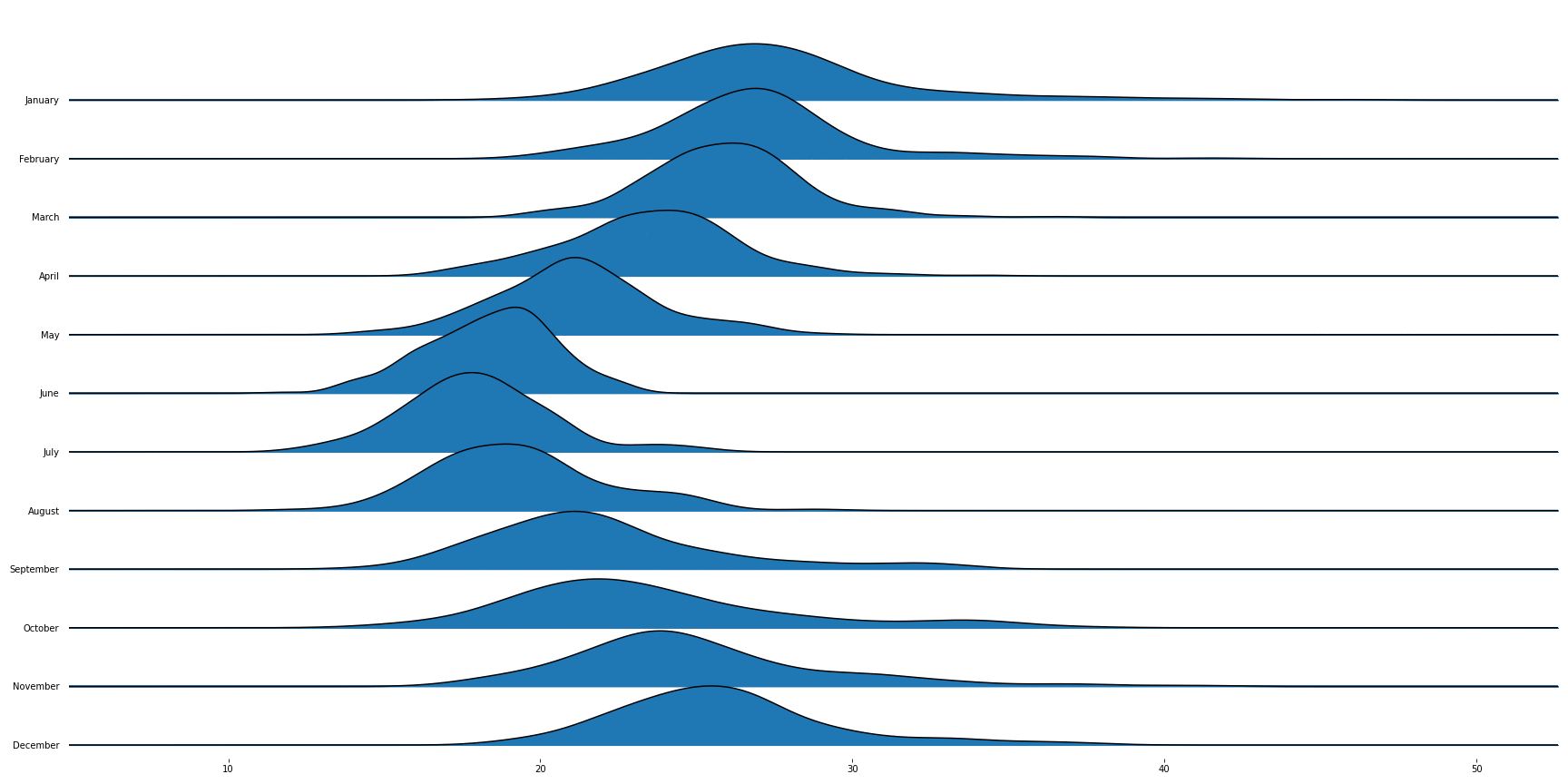 By OpenAI -
2021-01-05
By OpenAI -
2021-01-05
We’re introducing a neural network called CLIP which efficiently learns visual concepts from natural language supervision.
 By The Gradient -
2020-11-21
By The Gradient -
2020-11-21
A broad overview of the sub-field of machine learning interpretability; conceptual frameworks, existing research, and future directions.
 By Synced | AI Technology & Industry Review -
2021-01-06
By Synced | AI Technology & Industry Review -
2021-01-06
A new model surpassed human baseline performance on the challenging natural language understanding benchmark.
 By facebook -
2021-03-10
By facebook -
2021-03-10
Teaching computers to understand how humans write and speak, known as natural language processing or NLP, is one of the oldest challenges in AI research....
 By facebook -
2021-03-05
By facebook -
2021-03-05
How can we build machines with human-level intelligence? There’s a limit to how far the field of AI can go with supervised learning alone. Here's why...
 By Medium -
2020-10-23
By Medium -
2020-10-23
Transformer Language Modeling for Akuapem and Asante Twi





























